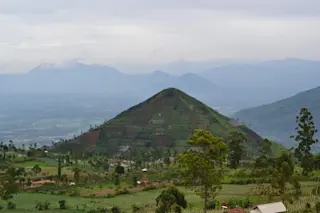The skull of a man, found lying prone in the lagoon’s sediments. The skull has multiple lesions consistent with wounds from a blunt implement, such as a club. (Credit: Marta Mirazón Lahr, enhanced by Fabio Lahr) Archaeologists have found the oldest evidence yet of organized conflict, which they say is a precursor to modern warfare. Historians don’t agree on when humans first started waging real, organized warfare against each other. One school of thought says that war is a product of agriculture, with its stored resources and new ideas about ownership, but others argue that the capacity for war is buried much deeper in our evolutionary history. Now, the 10,000-year-old victims of a prehistoric battle in Kenya may provide evidence that war is a much older human habit than previously thought. A team of archaeologists led by Marta Mirazón Lahr discovered the fossilized skeletons of at least 21 adults and ...
Prehistoric Massacre is Earliest Evidence of Organized Warfare
Discover the oldest organized conflict evidence at Nataruk, revealing a brutal prehistoric battle among hunter-gatherers.
More on Discover
Stay Curious
SubscribeTo The Magazine
Save up to 40% off the cover price when you subscribe to Discover magazine.
Subscribe













